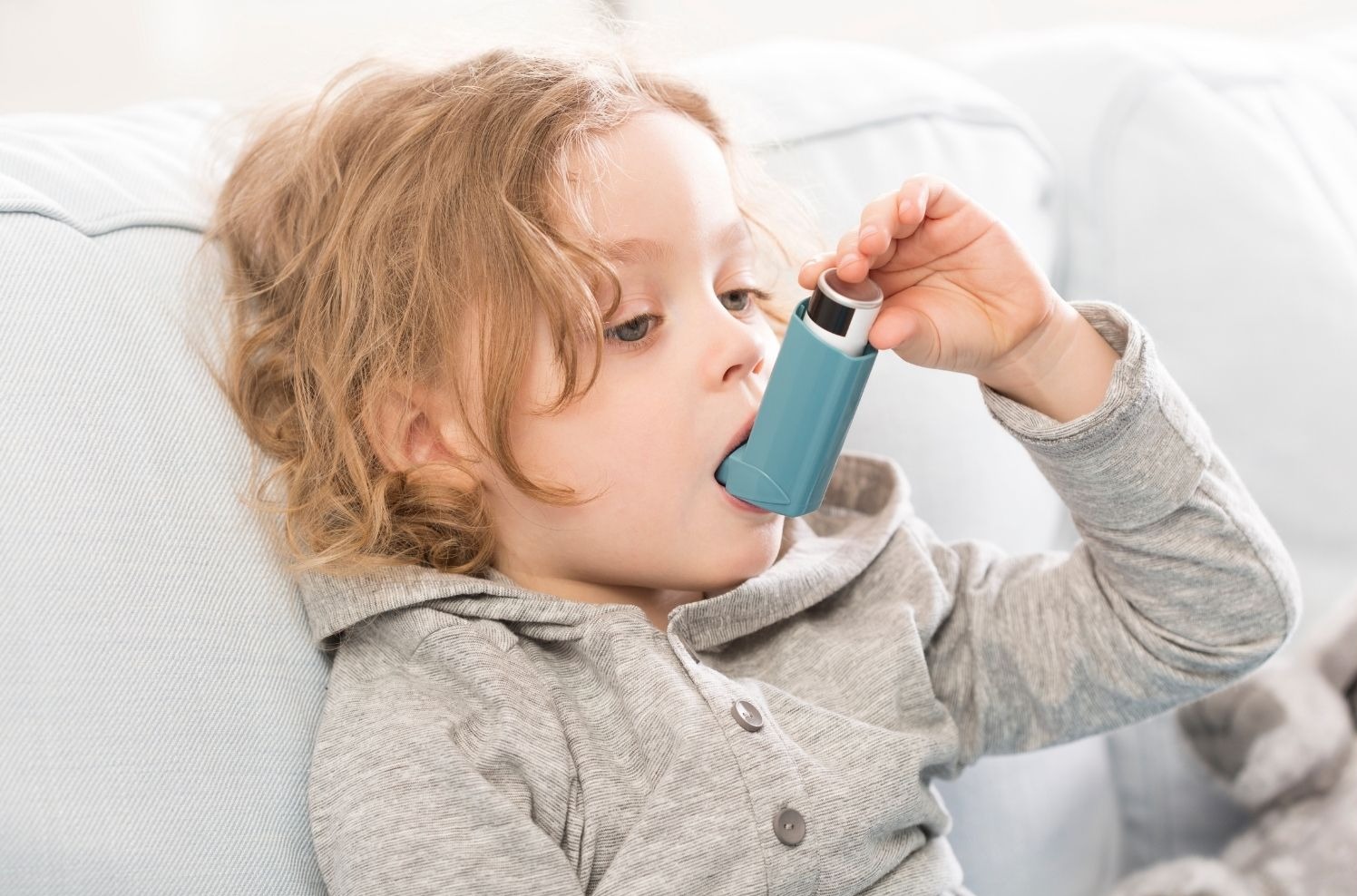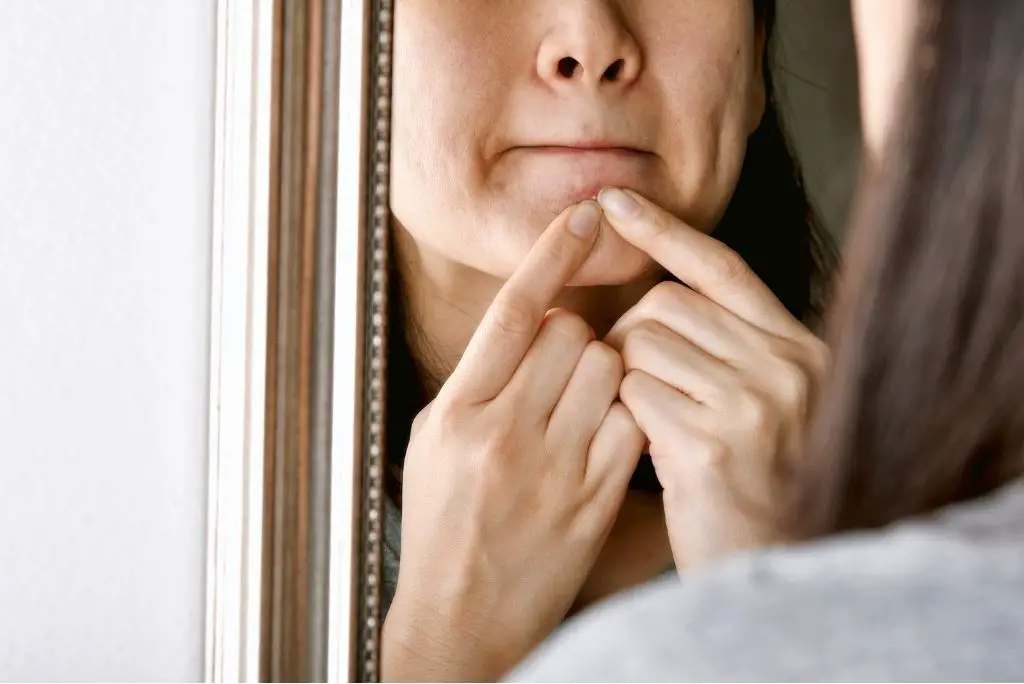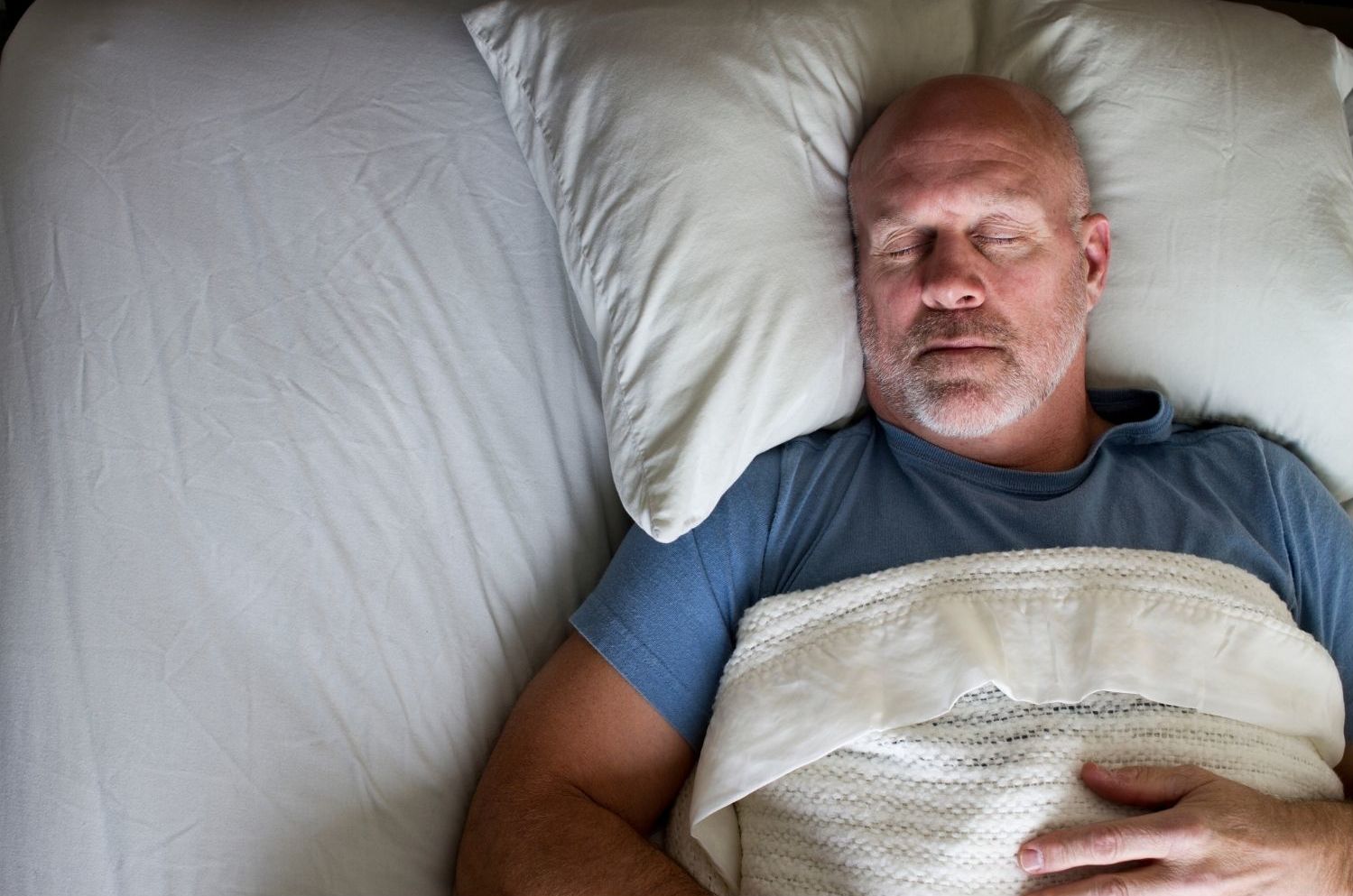Table of Contents
Do I Need a Humidifier?
The most sure way to know whether or not you need a humidifier is to measure the humidity in your room. The hygrometer is a gauge that will measure your humidity and tell you what the relative percentage of moisture you have in your air.
What should the humidity be in your home?
The ideal relative humidity range is between 40 and 60% according to the National Library of Medicine.
Most publications including Martha Stewart.com say that the ideal humidity is between 30 and 50%.
So going off on average, you should be sitting good at 45% relative humidity.
Don’t Have a Hygrometer Handy?
Don’t worry there are plenty of telltale signs that indicate your humidity is too low and that you need a humidifier without having to have an actual humidity meter.
1. Chapped lips
If you have noticed that your lips are extra dry and you are pulling out the Chapstick more often than usual, that’s a pretty good indication that the air is dry.
Dry air is like a sponge that draws moisture out of every possible thing it can.
When your lips get irritated and dry, they will eventually start cracking. And most of us just put more and more Chapstick on.
But the underlying condition is a lack of moisture in the air.
2. The Bloody Nose
Bloody noses are one of the more popular indications that air is too dry.
Whether you blow your nose and there’s blood on the tissue or your nasal passages have gotten so dry that they crack and bleed, there is one culprit that may be going unnoticed.
And that is the low relative humidity in your space. Increasing the moisture in the air will moisturize the inside of your nose and give you some much-needed relief.
3. Dry, Itchy, and Cracking Skin
Dry skin is one of the main telltale signs that dryness has taken over the ambient air.
And it is also one of the biggest reasons people seek out a humidifier to give them some relief with dry skin.
Dry skin is not only annoying, it can also cause your skin to break and allow airborne bacteria to burrow down into your skin and cause outbreaks of rashes and acne.
Replenishing the moisture in your air for the humidifier is one of the best skin moisturizers you can buy.
4. Dustiness
Dust is a problem when there’s not enough moisture droplets in the air to weigh down dust particles so that they fall to the surface.
Dust is also very greedy for any available moisture in the surroundings. That’s why dust dries your face and skin out so bad.
The humidifier will add the necessary humidity droplets to attach to wayward dust particles and keep them from floating.
5. Viruses
Along the same lines of using a humidifier to alleviate dustiness, is the need for moisture in the air to keep viruses from being able to spread as far.
When there is a lack of moisture, allergens, viruses, and airborne bacteria are free to float and travel further throughout a room or house.
When the proper moisture is added back into the air, humidity droplets attach themselves to the viral particles and cause them to be too heavy to float or travel.
Which reduces the chance of exposure to the viruses.
6. Asthma
Asthma is another problem that can be triggered by airborne particles.
Particles that are allowed to flow freely throughout the air because of a lack of moisture droplets to weigh them down.
Many asthmatic episodes can be avoided by keeping the moisture level in the home in the 40 to 60% range.
7. Acne
Acne is not a condition that you normally consider being an issue with humidity.
But acne can actually be a dry skin problem.
Dry skin can break open and allow the bacteria that is causing the acne to get a deeper root inside of your skin.
Moisturization in the form of humidity can keep your skin from drying out and being a richer plantation for acne to grow.
 8. Static Electricity
8. Static Electricity
Static electricity is one of the first indicators that the moisture in the air has dipped.
Walking around, shocking each other, discharging on every metal object you touch is a huge neon sign blinking ” your humidity is too low!”
And just like every other humidity problem, it seems to go on weeks before you ever make the connection between the static electricity and the humidity level.
9. Dry Throat.
Just like the nasal passages, the throat needs proper moisture to function.
When the humidity is dropped, you will often start to get a sore, itchy, and dry throat.
And often just turning on a cool mist humidifier for a few hours will magically relieve the soreness.
10. Wood Cracking.
When the air is too dry it causes wood to shrink. The shrinking can eventually cause the wood to crack. And if it’s your furniture, not so good.
The lack of humidity also causes stress on an acoustic guitar which can make it buzz. And warp the neck to the point that the strings are hard to press down.
And it will eventually crack.
Too much humidity can eventually saturate the wood causing expansion and adhesives to give loose.
You may need a humidifier if you have any of these symptoms.
But for all the benefits that keeping the proper humidity level in your house can offer you,
It’s important to remember that humidifiers are maintenance heavy by nature.
They require thorough cleanings often.
Most of the symptoms above would be negated if you were to use the humidifier wrongly.
And by wrongly, I mean if you were to operate the humidifier after it has had stagnant water sitting in it with bacteria growing.
The bacteria that grows on water can be very dangerous. That is why it is very important to understand that humidifiers must be kept clean.











